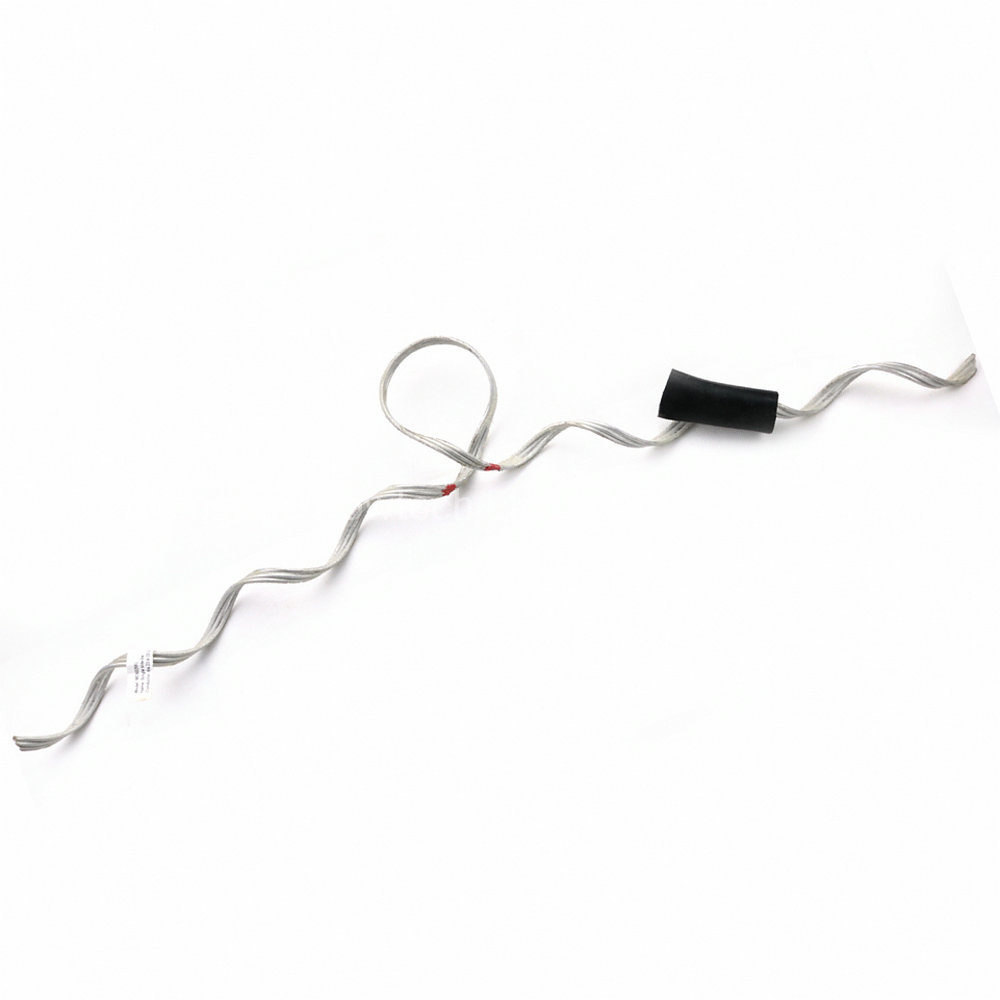
A side tie is a type of fastening technique used to attach a conductor to an insulator on a power pole. It involves wrapping a tie around the conductor and the insulator. This helps to prevent it from moving or slipping off the insulator. A side tie ensures the stability and safety of the transmission lines. The components used with the side tie include the conductor, insulator and tie wire. The tie wire wraps around both the conductor and the insulator in a specified pattern. The number of wraps and the pattern vary depending on the type of tie and specifications of the transmission line. A side tie secures the ADSS/OPGW cables to the support structures in telecommunication and power networks. It provides mechanical stability and prevents undesired movement that leads to damage.
Components of a side tie
There are several components used with side tie to secure ADSS and OPGW cables. The components vary depending on the type of cable and the specific requirements of the installation. Each of these components have a specific role in maintaining the integrity and functionality of the cable installation. The following are the common components of the side tie for ADSS and OPGW cables.
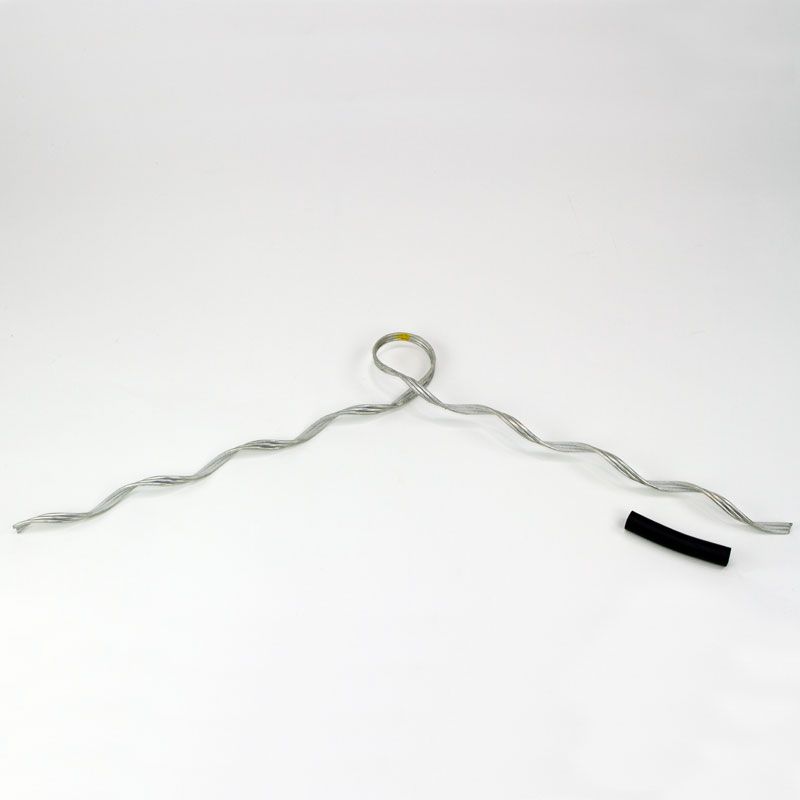
- Tie wire or rod – non-conductive are from high-strength polymer or plastic. They help prevent electrical interference for ADSS cables. They provide a secure attachment point without compromising the dielectric properties of the ADSS cable. For OPGW cables, they are from aluminum or galvanized steel. They ensure secure attachment and maintains the grounding function of the cable.
- Insulator for ADSS – these are from porcelain, glass or composite polymers. They provide insulation to provide electrical interference and mechanical support for the cable. They feature a groove to support the cable and ease secure attachment by the tie wire.
- Cable support hardware – these distribute the cable’s weight and reduce mechanical stress over long spans. The hardware includes suspension clamps and dead end clamps.
- Vibration dampers – spiral dampers wrap around the cable to reduce vibration and mechanical stress. They also attach to the cable and help dissipate vibrational energy to reduce wear and tear.
- Pole or tower attachment points – attach the tie wire to the pole or tower using bolts and clamps. Mounting brackets have designs to fit specific pole or tower configurations. This is to provide a secure attachment point for side ties.
- Protective coverings for ADSS – helical armor rods wrap around the cable to provide extra mechanical protection. Cover the cable to prevent damage from abrasion or external impacts.
Features of the side tie
Side ties have various features that ensure their stability, durability and the efficient functioning of overhead transmission systems. These features focus on their design, material, properties and functionality. The following are the features of the side ties.
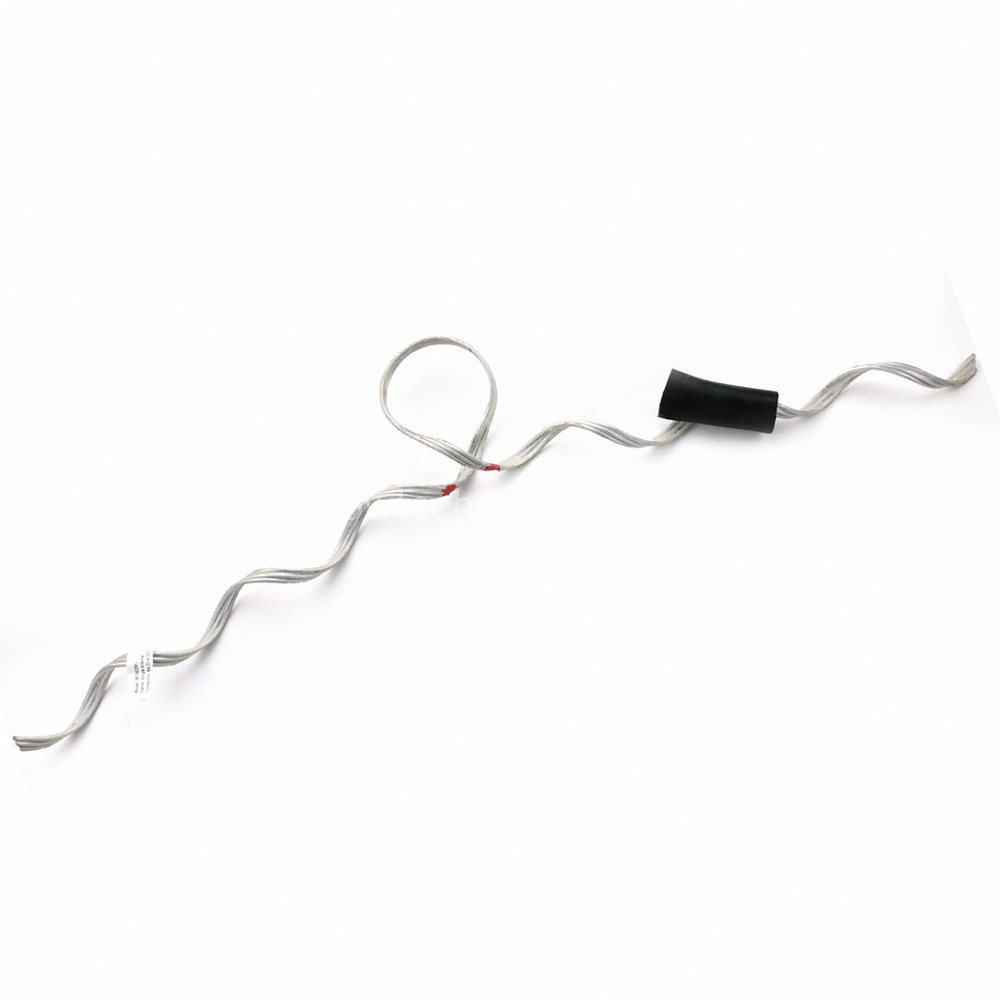
- Material composition – they are from materials with dielectric properties like high-strength polymers. These materials prevent electrical interference.
- Preformed design – preformed ties have designs to fit specific cable sizes and shapes to offer a uniform and secure fit. They also help reduce the time and skill required for installation.
- Mechanical strength and flexibility – side ties have designs to withstand high mechanical loads. The materials are also flexible to allow the cable to absorb and dissipate dynamic loads caused by environmental factors.
- Corrosion resistance – materials like aluminum, galvanized steel and high strength polymers offer their resistance to corrosion. They also have coatings that enhance their resistance to rust and chemical degradation.
- Environmental resilience – non-metallic ties are resistant to ultraviolet radiation. They help to prevent degradation and maintain their mechanical properties. Side ties have designs to operate across a wide range of temperatures.
- Vibration dampening – some of the side ties have designs to absorb and dampen vibrations to reduce wear on the cables. side ties help extend the lifespan of both the cable on the side tie itself.
- Secure and stable attachment – the design ensures the cable stays in place to prevent any movement. Side ties maintain their grip and alignment in challenging conditions.
- Ease of maintenance and inspection – side ties have designs to easily inspect and maintain and ease routine checks.
- Compatibility with insulators – side ties are compatible with a variety of insulator types. This include insulators from materials like porcelain, glass and composite materials. They are available in many sizes and configurations to match specific installation needs.
Side tie conductor compatibility
Conductor compatibility of side ties helps in ensuring secure and stable attachment of cables to support structures. This involves matching the side ties with the specific conductor types used in overhead lines. Additionally, the right selection of the side ties helps to achieve a stable, durable and efficient system. The following are the aspects of side tie conductor compatibility.
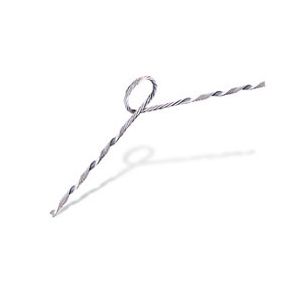
- Material compatibility – for ADSS cables, the side ties must be non-conductive to avoid any electrical interference. Select materials like high-strength polymers or composites for ADSS cables. For OPGW cables, they need side ties made from conductive materials. This is to ensure electrical conductivity for grounding purposes.
- Mechanical strength and load bearing – use side ties that are able to support the weight and tension of the cable without breaking. The ties should be able to absorb dynamic loads from wind, ice and temperature changes. For OPGW cables, the side ties must match their tensile strength to ensure secure attachment and function.
- Diameter and size compatibility – side ties must fit the specific diameter of the conductor they are securing. This ensures a firm grip and reduces the risk of slippage or excessive movement. They are available in various sizes to accommodate different conductor diameters.
- Environmental and operational conditions – for ADSS cables, the side ties need to withstand environmental conditions. This is including UV radiation and temperature extremes. They must accommodate the thermal expansion and contraction of the cable without causing damage. For OPGW cables, side ties must resist corrosion to maintain their strength and function.
- Vibration and fatigue resistance – the ties should be able to reduce vibrations from wind or mechanical forces. They should also withstand repeated stress cycles without degradation.
Side ties for ADSS cables
Side ties for ADSS cables ensure the secure attachment of the cables to support structures. The side ties used for ADSS cables depend on the requirements of the dielectric and non-metallic cables. Additionally, the right selection of side ties for ADSS cables ensures the selection of suitable side ties that provide stability and protection for ADSS cables. the following are the attributes of the side ties used for ADSS cables.
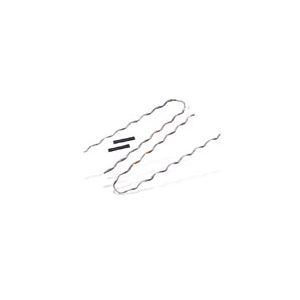
- Non-conductive materials – ADSS cables work in environments where the electrical conductivity needs reduction. Side ties for ADSS cables are from non-conductive materials to prevent electrical interference.
- High strength and flexibility – side ties need to support the weight of the ADSS cable and withstand dynamic loads from wind and ice. The materials used provide enough flexibility to absorb movement and vibration.
- Corrosion resistance – ADSS installations face extreme weather conditions. This is including rain, snow and UV exposure. Non-metallic materials do not corrode which enhances durability.
- UV and weather resistance – side ties for ADSS cables must be resistant to UV exposure to prevent deterioration. They should also perform well under a wide range of weather conditions.
- Secure attachment and cable protection – the design of the side ties ensures a secure grip on the cable to prevent slippage. The materials should reduce abrasion and mechanical stress on the cable.
- Compatibility with cable diameter and insulator type – the side tie should match the specific diameters of ADSS cables. This is to ensure a precise fit that provides secure attachment without damage.
Side ties for OPGW cables
Side ties for OPGW cables secure them to support structures like towers and poles. The cables serve a dual function of acting as a ground wire and housing optical fibers for telecommunications. Also, the right selection ensures the long term reliability and performance of your application systems. The following are the characteristics of side ties for OPGW cables.
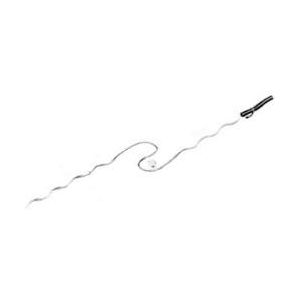
- Material composition – side ties for OPGW cables are from conductive metals to contribute to the electrical grounding functionality. They also provide protection against rust and corrosion.
- Electrical conductivity – side ties are from conductive metals that help maintain the integrity of the electrical grounding path.
- High mechanical strength – side ties must be capable of withstanding high tensile loads to support the weight of the OPGW cable.
- Compatibility with OPGW cable diameter – side ties are available in sizes that match the diameters of different OPGW cables.
- Vibration dampening – side ties have designs to absorb and dampen vibrations caused by environmental factors.
Frequently asked questions
Side ties for ADSS cables are from non-conductive materials such as high strength polymers and plastics. The materials offer electrical insulation properties and resistance to environmental factors.
Side ties have designs to withstand a range of environmental conditions. This is including UV radiation, temperature extremes and moisture.
Side ties attach cables to support structures and ensure electrical integrity to enhance the system’s reliability. They reduce the risk of cable damage, electrical interference and operational disruptions.
